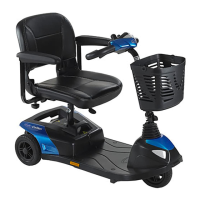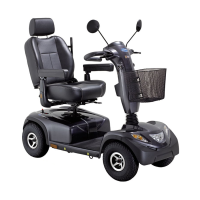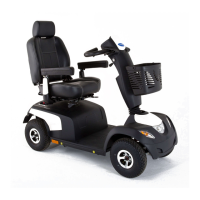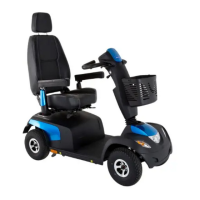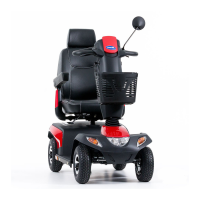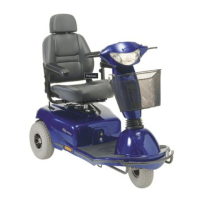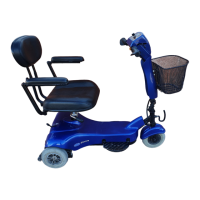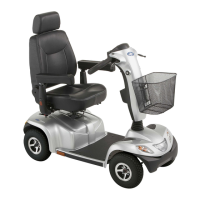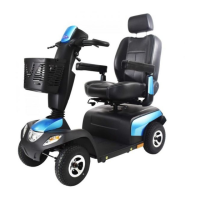What to do if Invacare Colibri shows power time exceeded?
- CConnor SuarezSep 8, 2025
If your Invacare Scooter indicates 'Power time exceeded', switch it off, wait a few minutes, and then switch it on again. This issue can occur if the maximum current was exceeded for too long, possibly due to motor overload or resistance. Also, check the wiring harness for a short-circuit and inspect the motor if the electronic system has detected a motor short-circuit.
